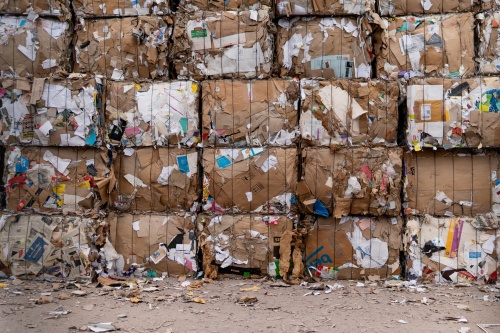
In Albania, waste constitutes the highest risk concerning environmental pollution. With regard to waste management and recycling, Albania is facing serious challenges to reach the targets of the EU on recycling and reducing the amounts of waste being disposed of at landfills. The national average waste collection rate for households is estimated at 68.9 % (2016), and the current overall recovery and recycling rate is estimated at around 17 %. In July 2018, the Government of Albania established a new agency, the National Agency of Sewerage Water Supply and Waste Infrastructure that will implement nationwide infrastructure projects related to waste management.
The feasibility study will enable us to take into consideration in this waste catchment area the application of the hierarchy of integrated waste management due to also the fact that the concession contract will end in 2022. The preparation of the Feasibility Study will take into consideration all available information and knowledge available from institutions and studies produced during the years or in process, in a way that can avoid duplication and have a better analysis on a specific area of the project.
A waste incineration plant, as well as a new sanitary landfill, are envisaged to be constructed in Fier. It is foreseen that all waste collected in the Waste Zone Fier shall be first sorted to separate all recyclables and other valuables from the waste stream and shall be delivered then to the regional waste management facilities. The waste zone of Fier is composed of the Municipalities Fier, Lushnje, Divjake, Ballsh, Patos and Roskovec. With the realisation of regional waste management facilities, the transportation distances from the source of waste generation to the future treatment and disposal sites will be increased. Whereas, currently, in Albania, it is still common practice that the waste collected in a Municipality is disposed on a nearby landfill (dumpsite), in the future the collected waste might have to be transported to a regional waste management facility in a distance of 50 or even 100 km. The financial advantages of large-scale waste treatment facilities [generated in larger catchment areas (waste zones)] have to be balanced with the additional costs for long-distance transportation, which usually is the subject of detailed concept and feasibility studies.
EU-Funded Technical Assistance for Two Functional Waste Areas in Albania
| WBIF | Grant | WB21-ALB-ENV-02 | € 502,500 |
| National Contribution | Own Contribution | € 15,000,000 | |
| KFW | Loan | € 23,500,000 | |
| Anticipated WBIF TA Grant | External Grant | € 4,000,000 | |
| Anticipated WBIF INV Grant | External Grant | € 20,000,000 | |
| Total | € 63,002,500 | ||
| Total Grants | € 502,500 | ||
| Total Loans | € 23,500,000 | ||